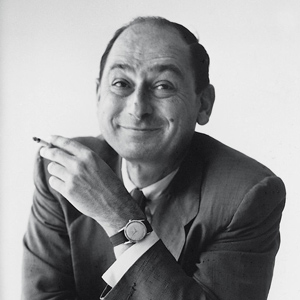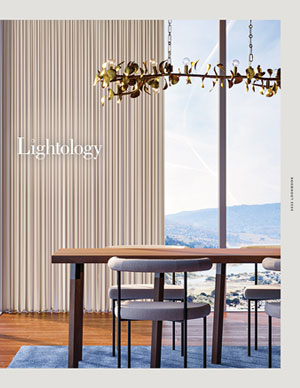About George Nelson
A rain storm on the Yale campus in 1926 forced a young student to take refuge within the confines of the architectural school. Captivated by the work he saw during his respite from the rain, a young George Nelson changed the course of design history by choosing to study Architecture and Fine Arts at Yale, graduating with degrees in both in 1931. After earning the prestigious "Rome Prize" from the American Academy of Rome, Nelson took to the vibrant landscape of Europe's design world. It was during this time that Nelson used his journalistic approach to learning by documenting and interviewing some of the most iconic designers of the time period.
Influenced by the vast range of conceptual thought within Europe, Nelson took his myriad ideas back to the United States where he worked for Architectural Forum as an editor, showcasing his unique understanding of American modernism and seeking designs and products that created solutions rather than fitting into the mold of aging design concepts. This concept of creating solutions through interior and product design led Nelson to publish a book, "Tomorrow's House" in which he deconstructed design cliches and mainstays by stripping them down to their conceptual uses. This unique and ultimately revolutionary perspective caught the eye of Herman Miller executive, D.J. Depree, who sought to hire George as Herman Miller's next Director of Design. D.J. Depree saw the raw talent and vision of George Nelson as an incredible untapped opportunity within the world of furniture design.
From 1947 to 1972, George Nelson and Herman Miller would go on to create some of the lasting furniture designs of the 20th century, utilizing Nelson's varied perspective, and Herman Miller's wide reach and production capabilities to attract some of the most talented designers of the time period. Using his successes at Herman Miller, George Nelson opened his own design studio and label in 1947. From 1947 until the closure of the studio in the mid-1980s, George worked with nearly every Fortune 500 company in existence, influencing American culture and design through his pragmatic use of furniture and space.
Shop This Designer







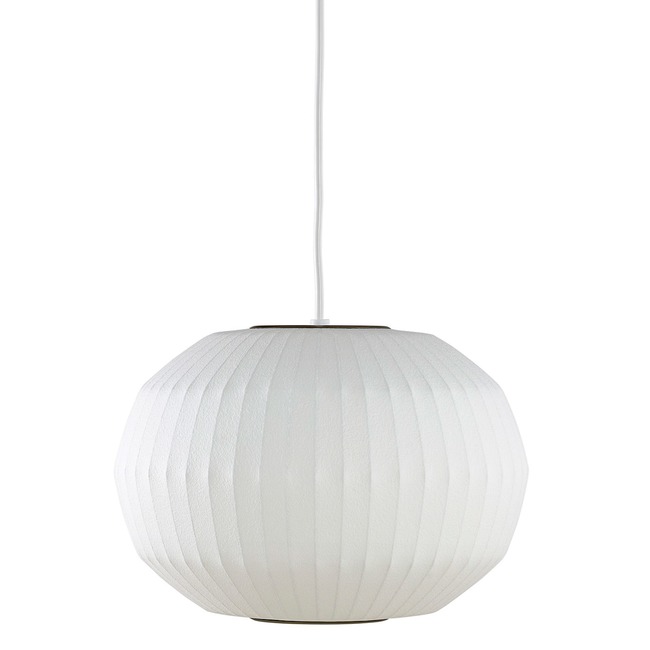



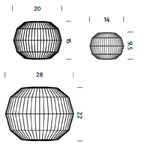
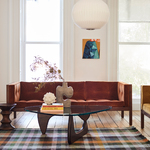
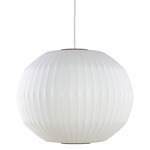
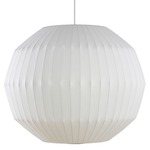



 UL
UL Made in the USA
Made in the USA Warm Dim Compatible
Warm Dim Compatible Carbon Neutral Commitment
Carbon Neutral Commitment Responsibly Sourced Materials
Responsibly Sourced Materials